The in-laws are in town for the holidays and they brought some special ingredients with them from Costa Rica.
Some local annatto paste (achiote) which can vary slightly from country to country.
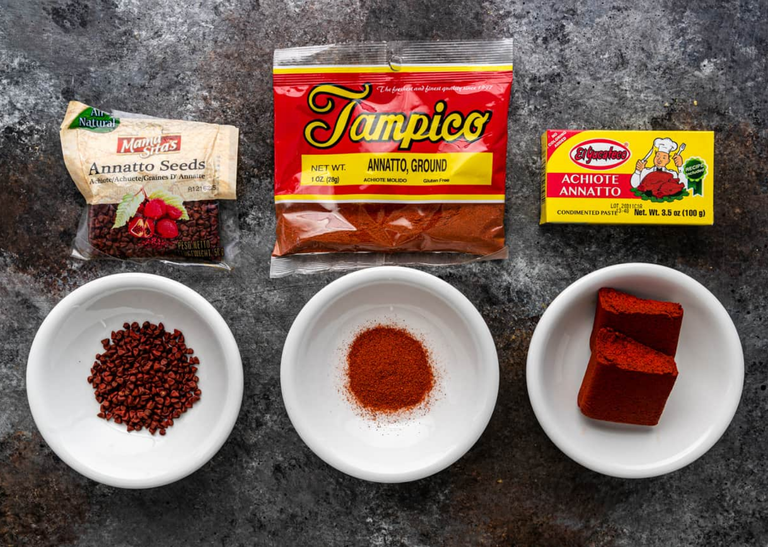
image source and tutorial on how to make annatto paste and oil
The idea was to make some home-made family Costa Rican tamales!
We're downtown city folks and live in a small apartment, so we're not used to cooking anything for more than 3 or 4 people. We had to make a quick trip to the local market in Guatemala's historic district to buy some meat from the butcher, some plantain leaves and some mediums pots to cook in.
We got there at about 7:00am.
I know, you wouldn't usually drive to the supermarket at that time, but the market is something else. Vendors start coming in in the middle of the night, maybe 3:00 or 4:00 am and start setting up their stalls. By 6:00 everybody is ready to go. Fresh fruit, meat and the catch of the day from the sea.
This is what the fruits and vegetables area looked like:
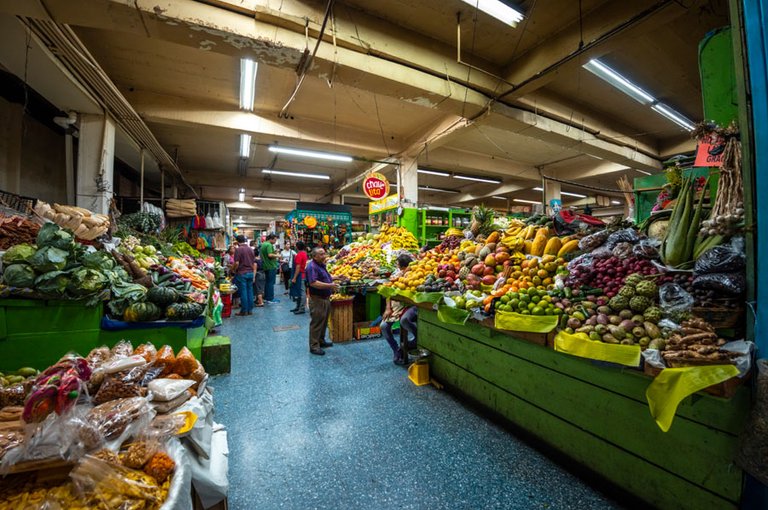
Once we got the huge pot, we got to cooking the pork ham, which comes from back side of the pork. We also added some bone to add flavor.
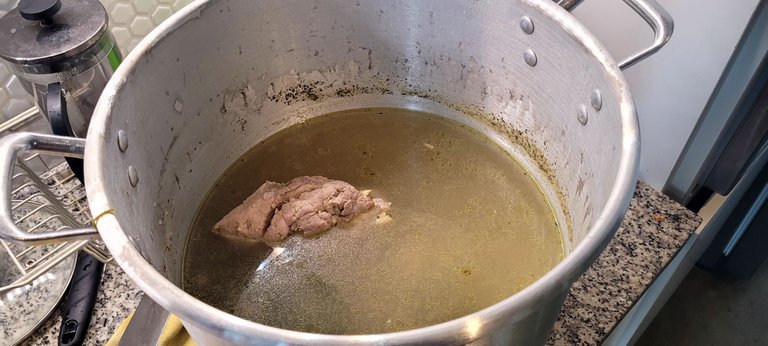
Once it's nice and cooked, we chopped it up and added some chopped onion and annatto to give it a bit of flavor and color.
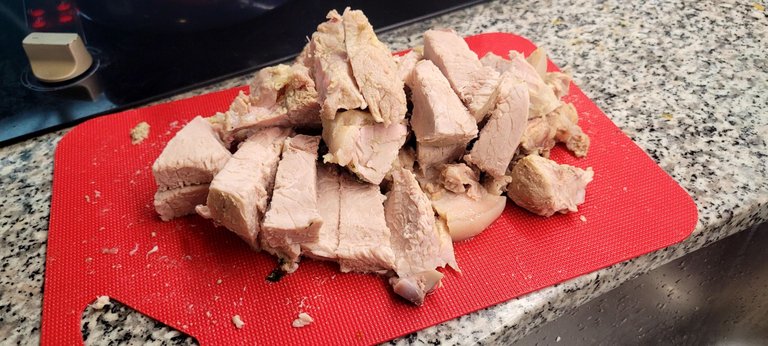
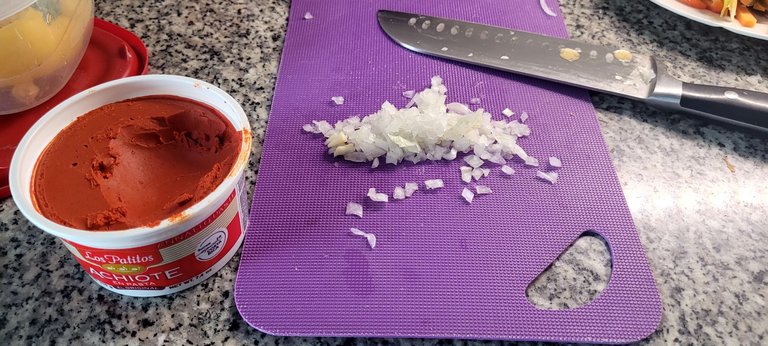
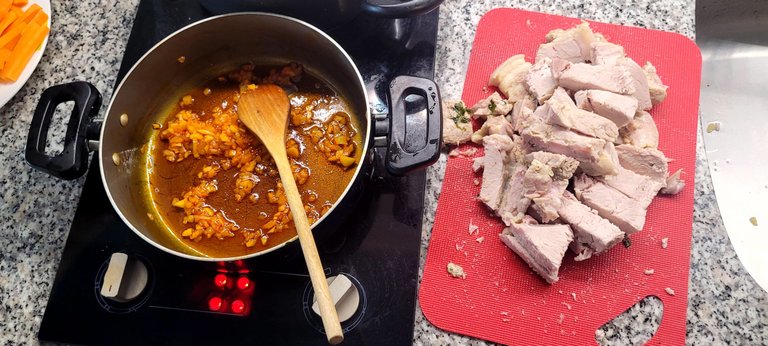
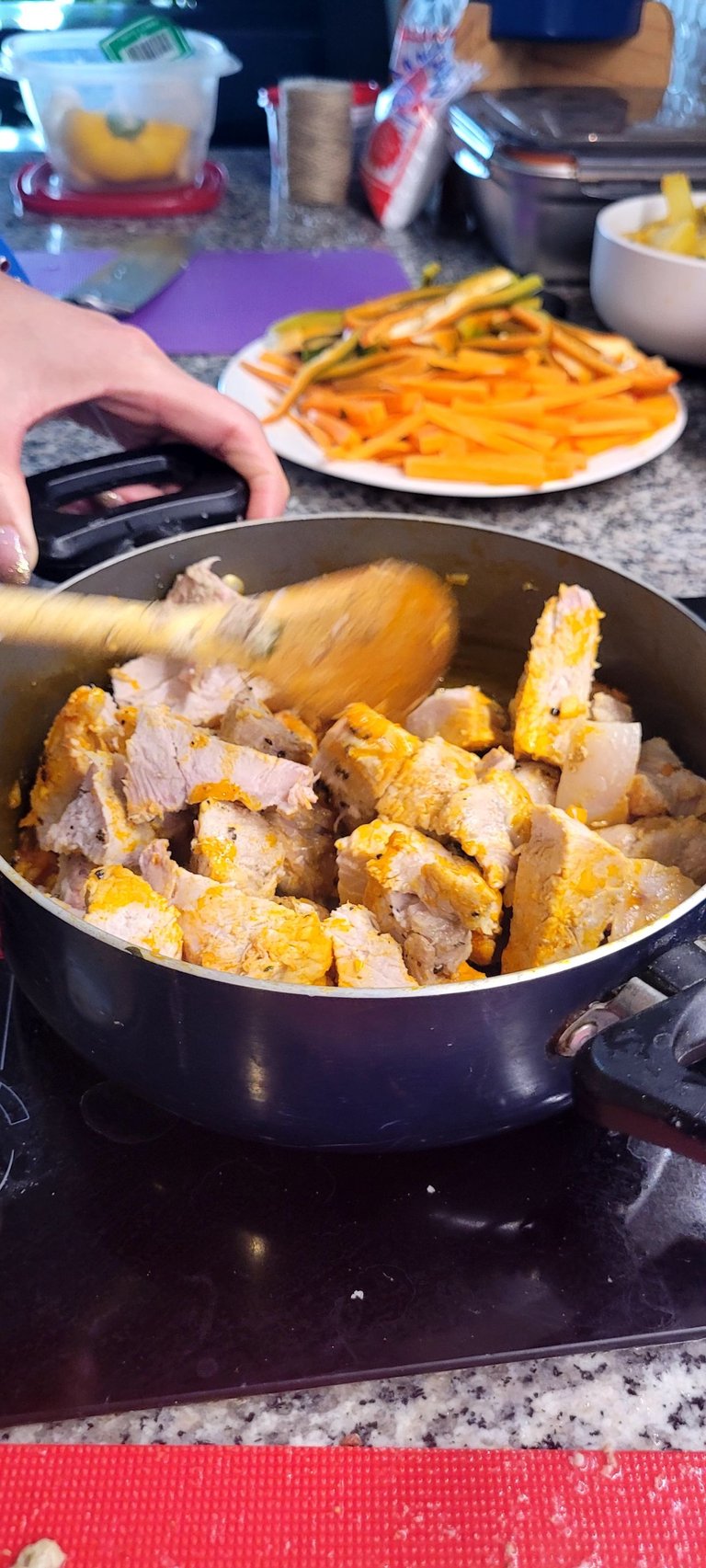
Team A (the manly men) cut up the plantain leaves into squares to make the wrapping and we also heated them on the stove to turn them soft. Otherwise they'll be crunchy and will easily break and get flooded with water when boiling. You don't want soggy tamales.
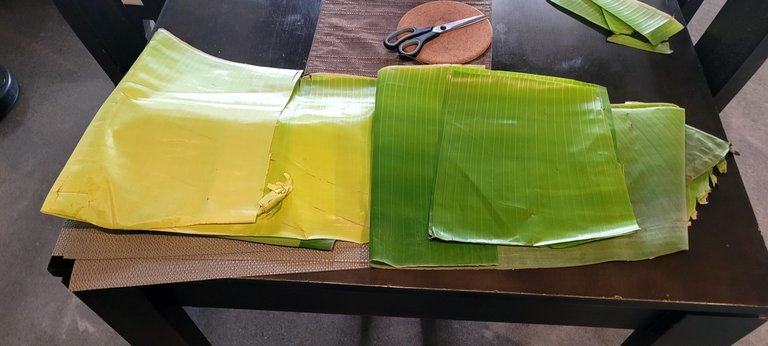
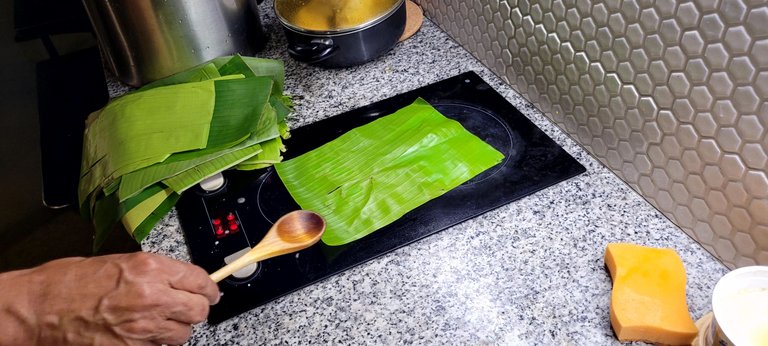
Team B (the ladies) stirred the corn dough in the pot in the meantime. It starts off very watered down, but soon starts to become thicker.
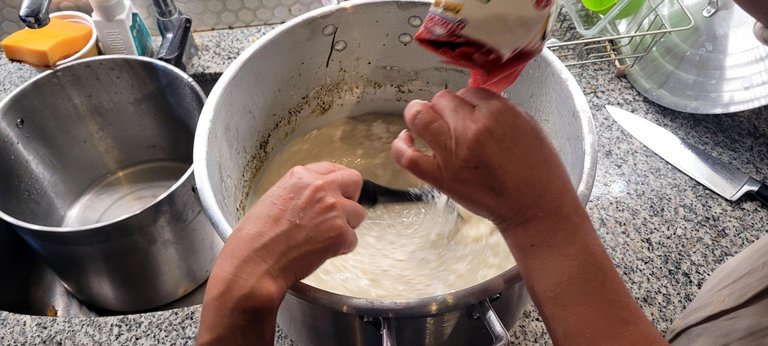
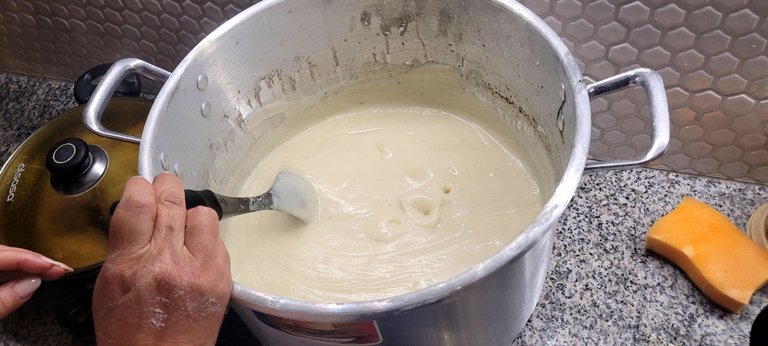
Once leaves and dough were ready, it was time to bring out the large ice cubes I made earlier and pour some whiskey. It was time to start building.
We made a little production line to add the ingredients. First we placed the plantain leaves in pairs. A slightly smaller one on the inside to make a double wrapper. Like I said, you don't want water leaking in while it's boiling. You put a scoop of dough in the middle and pass it on to have the ingredients added.
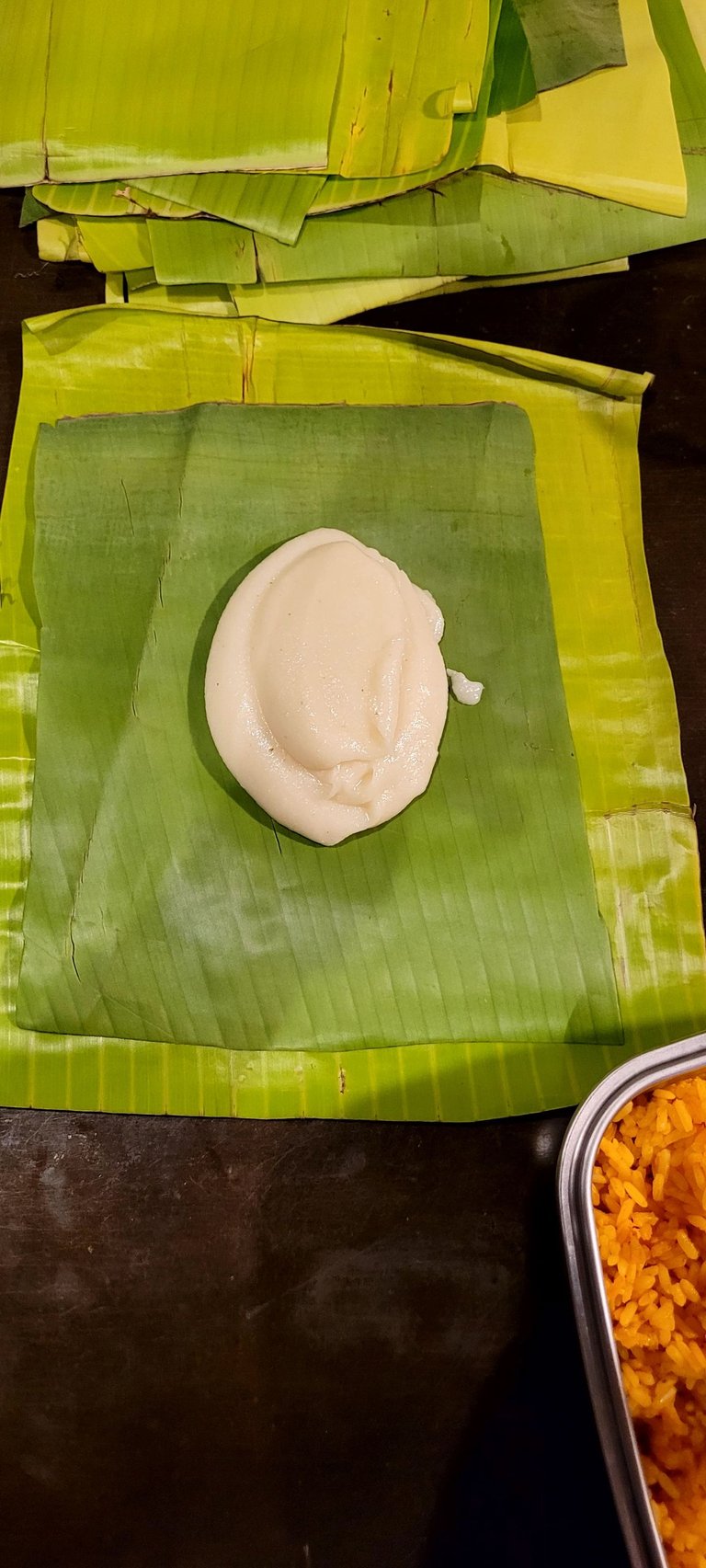

First, we added a bit of rice...

Then the pork and other ingredients.
Our assembly line goes counter clockwise in these pictures. Station 1 is on the bottom left, followed by station 2, where @pamarias is. Station 3 is on the top left. This is the wrapping station and station 4 is in the center: the warehouse.
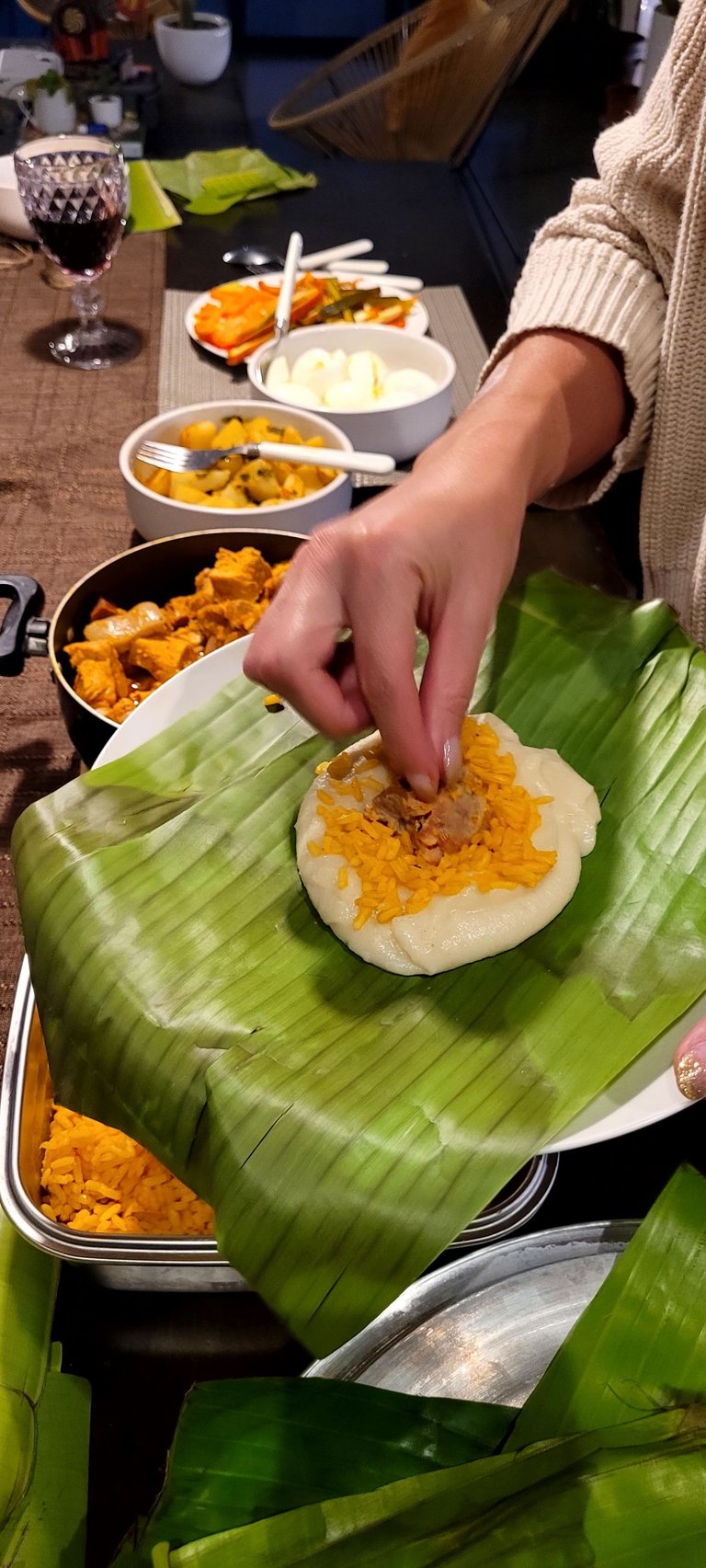
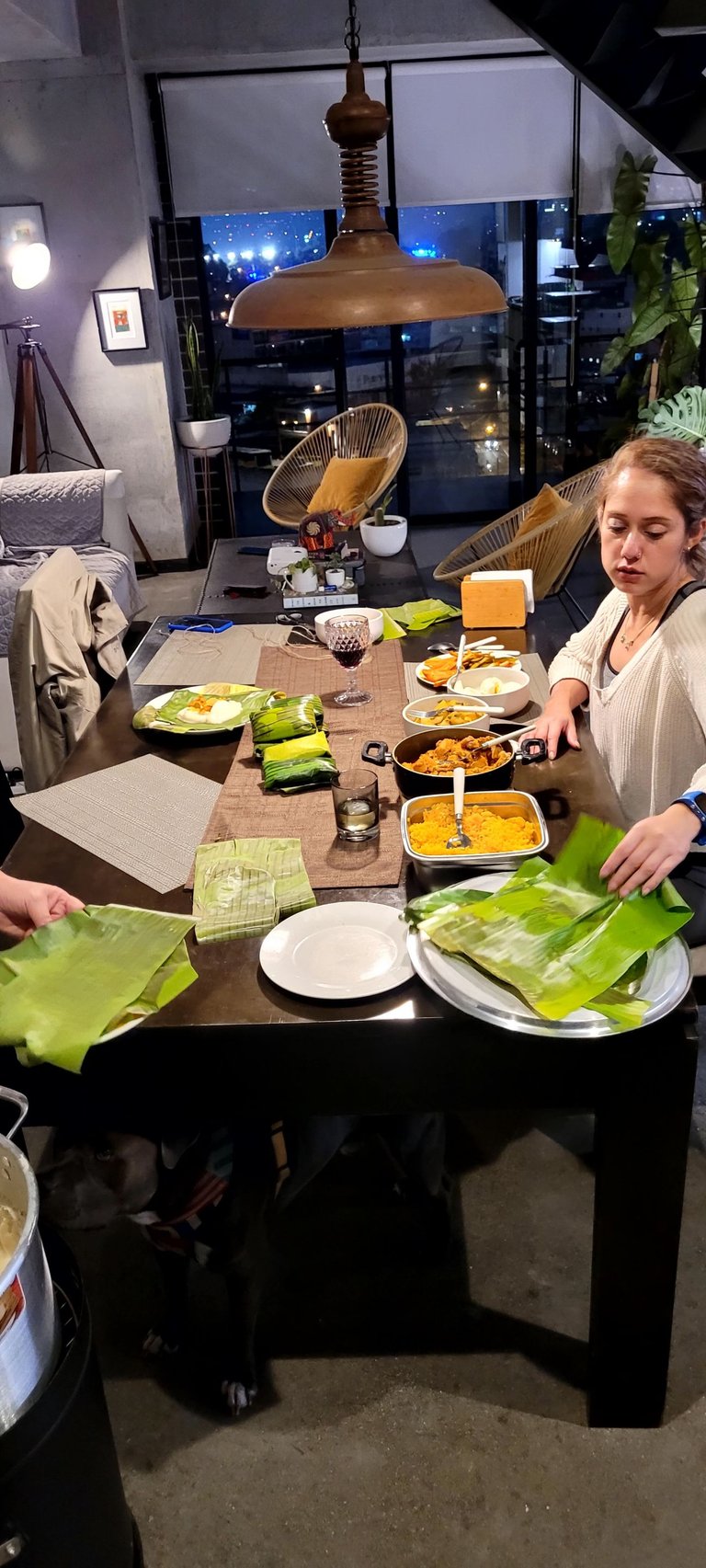
By the time it went once around the table, it looked like this, and had:
- Pork
- bell pepper
- boiled egg
- rice
- potato
- carrot
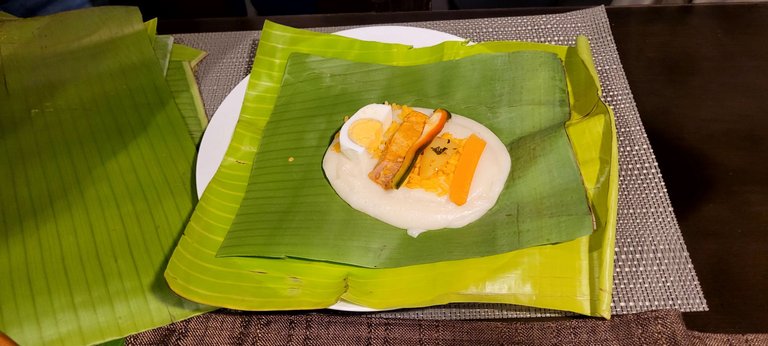
My mother in-law is the only experienced one when it comes to wrapping tamales. So everybody poured themselves a glass of wine or whiskey and watched while she explained and demonstrated the process.
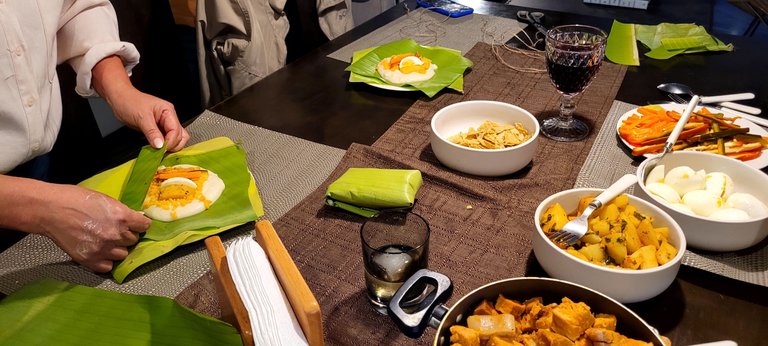
The last step in the assembly line was to tie them up in pairs using jute string. That keeps them from opening up and ruining your tamale while boiling.
We made about 40 of these babies and lined them up on the table like so:
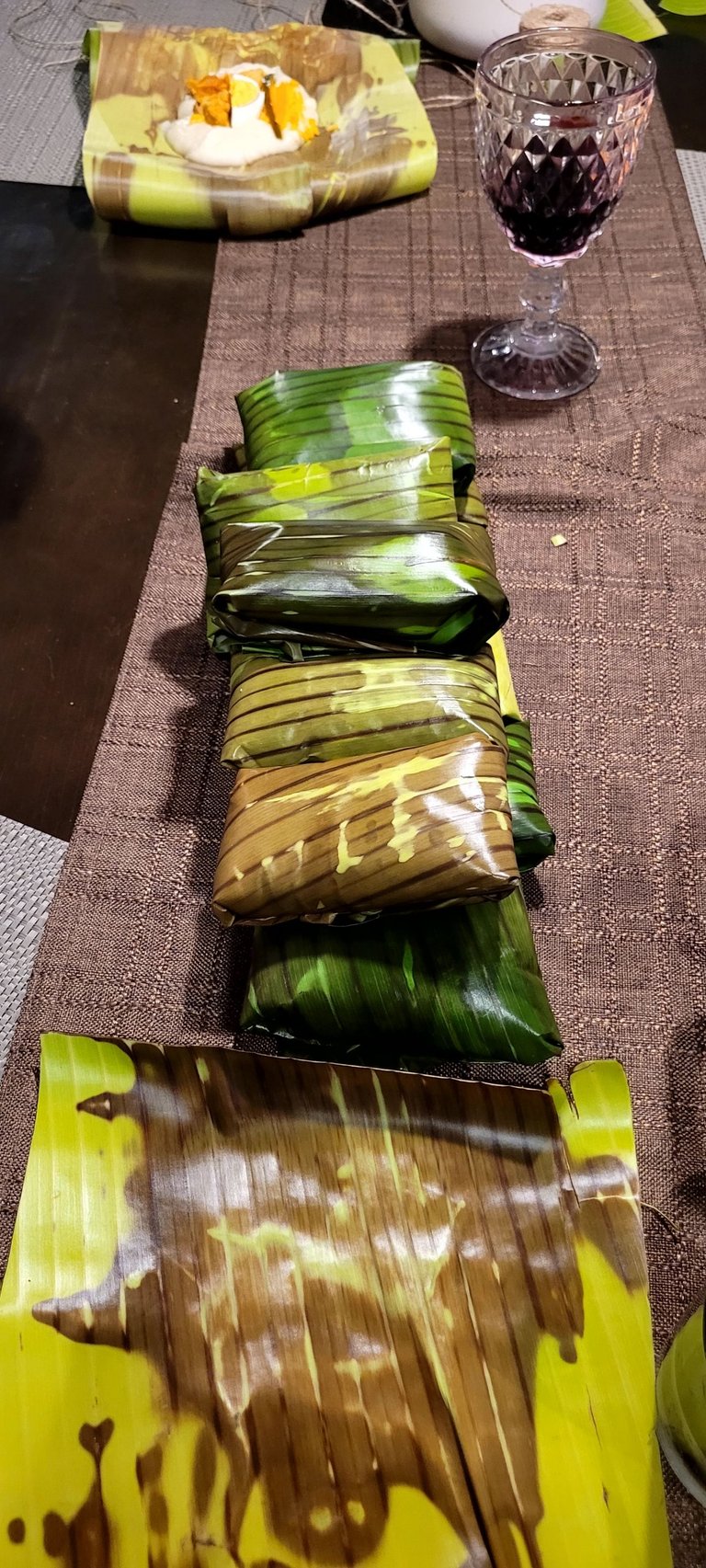
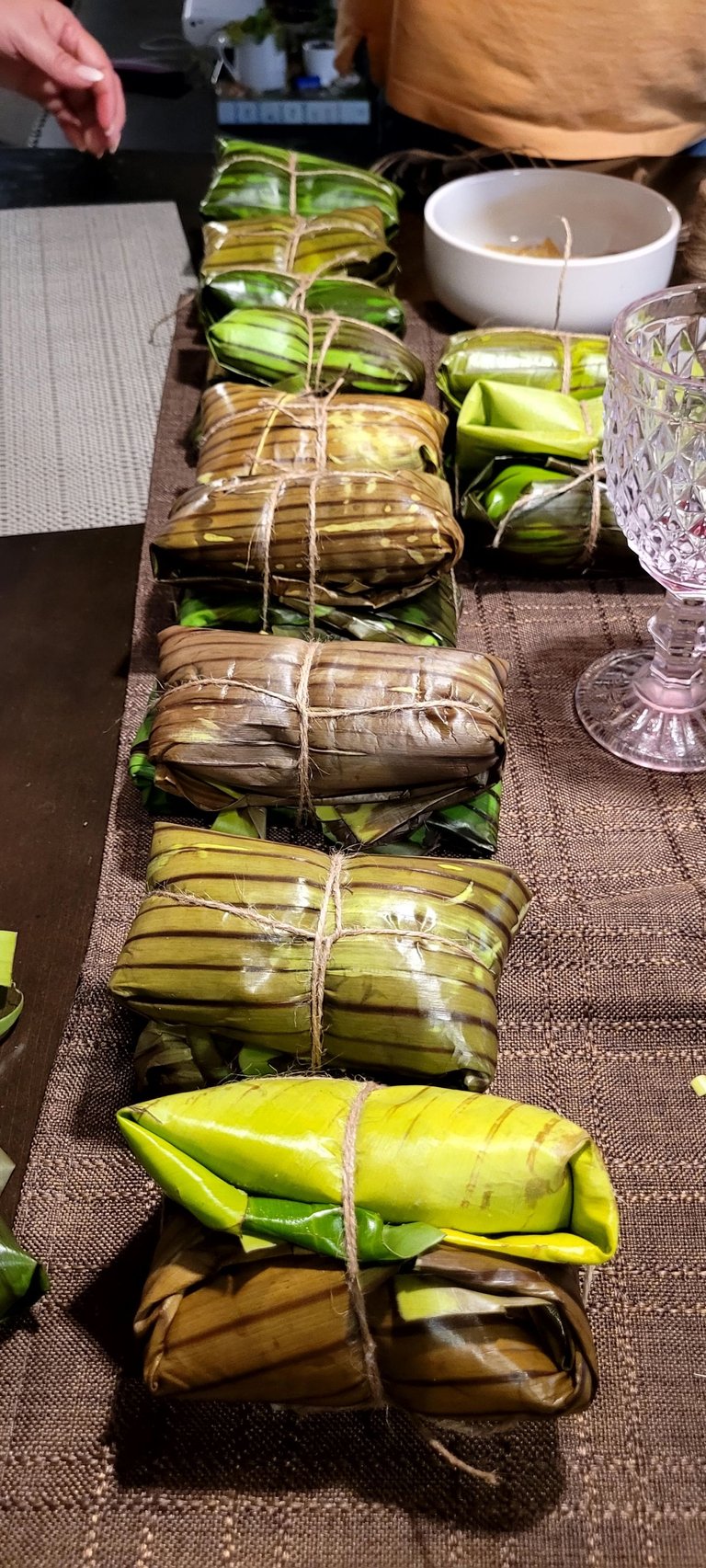
After the hard work was done, we opened a bottle of champagne to celebrate the first time ever making Costa Rican tamales.
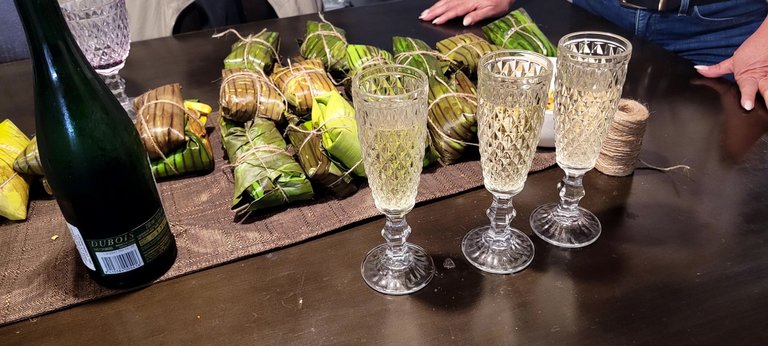
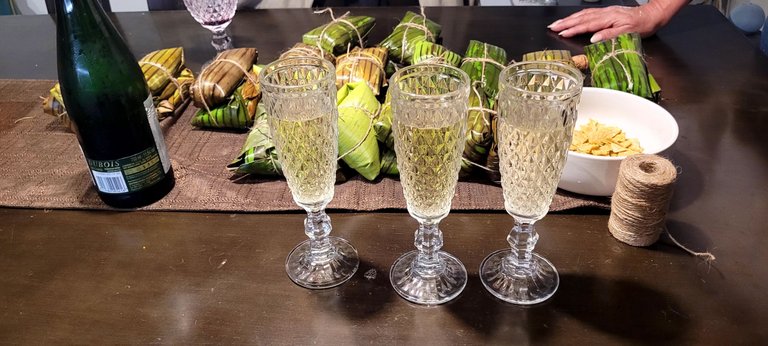
The final step was to put them back in the pot to boil.
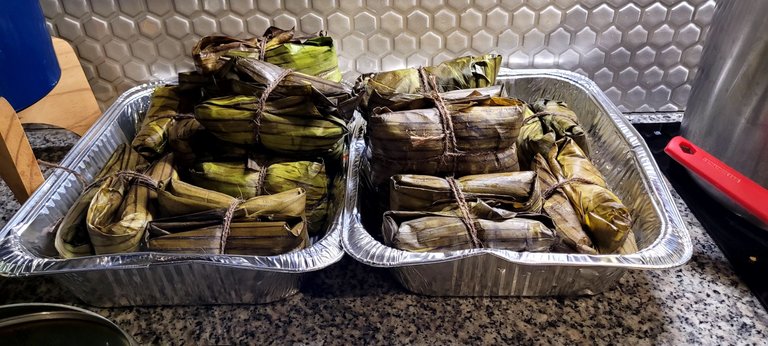
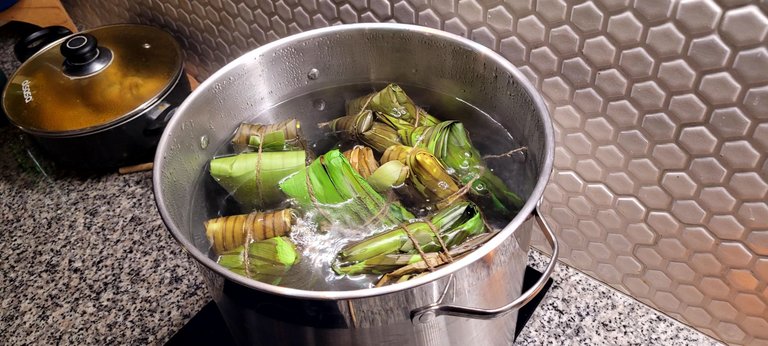
After that, we let them cool and put them in the refrigerator to eat for breakfast tomorrow morning.
It was a relatively small batch and it turned out to be a fun family activity. We could have probably turned a profit had we decided to sell them, but that wasn't our goal in the first place. We'll just show up to visit friends and family and bring them delicious Costa Rican tamales as a gift.
Pura Vida! 🇨🇷




